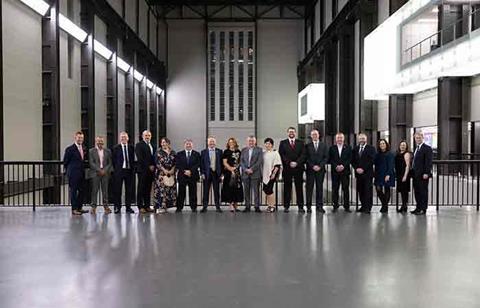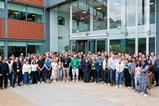
Over the past few years, professional services firm Wilson James has begun to engage more directly with its 6,000 employees about the collection of voluntary information from them to inform its strategic decisions.
The information and data collected so far has led to the organisation investing in health, safety and wellbeing initiatives, commiting to equality, diversity and inclusion goals and programmes, and adopting new HR systems and platforms.
While collecting data from employees, the firm has always been cautious and made sure that personal privacy is paramount, says Cadence Woodland, head of communications at Wilson James. She is also responsible for internal messaging content, the build and maintenance of its intranet, and the continuous improvement of its employee-facing portal.
“Voluntary surveys have been the most significant workstream for us, but we are investigating platforms which would help us collect more personal data with permission, while preserving anonymity as needed,” she says. “Vivup, our benefits provider, has been a good example of this as we can see what sort of resources or information our workforce is seeking out, without exposing any personal information. This allows our leadership team to make data-informed decisions about how to build or deploy new tools or programmes.”
Wilson James sees the benefits of collecting employee data because often more significant issues may go unnoticed or unresolved due to being masked by the loudest voices or topical content.
For example, Wilson James found that while survey data highlighted physical health and safety as a primary concern for employees, data also showed that, over several months, the most popular or downloaded content from a benefits portal related to mental wellbeing. While both data points are useful, combining them together enables staff needs to be better met.
Collecting employee data is useful for employers that want to create authentically attractive workplaces and cultures, as it can help them to understand what is important to their people and not make assumptions, says Woodland. “It’s also all too easy to use single data sets or narrow observations to make key decisions, usually with positive intentions. But if [we] don’t ask the right questions, [we] won’t get the best answers to help [us] build the solutions,” she concludes.
















